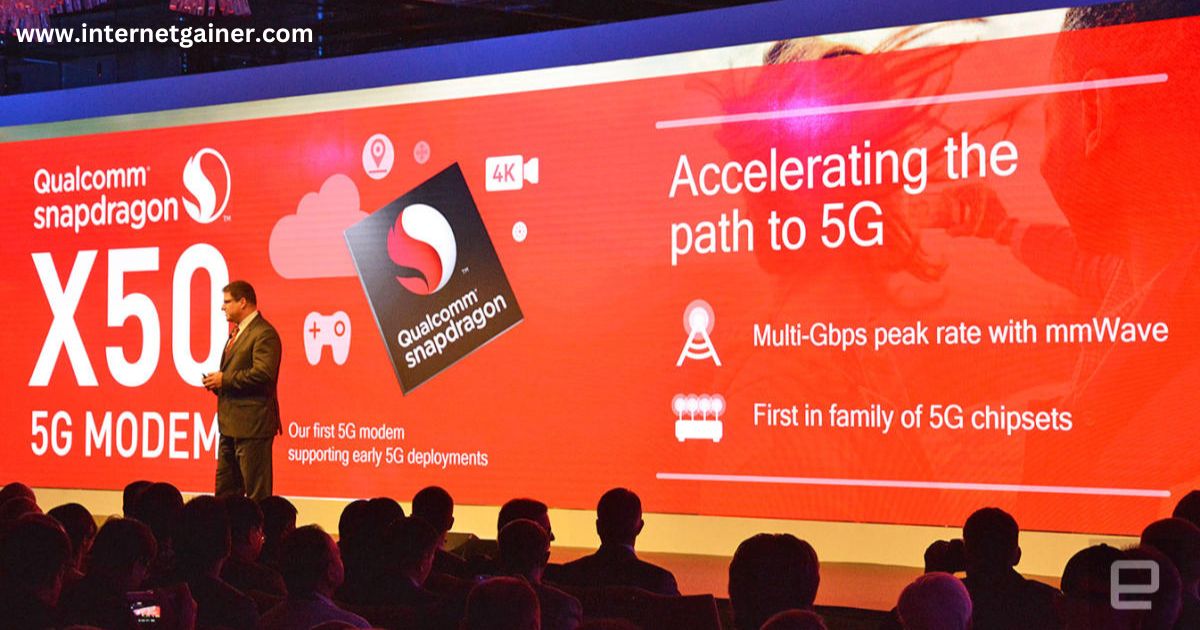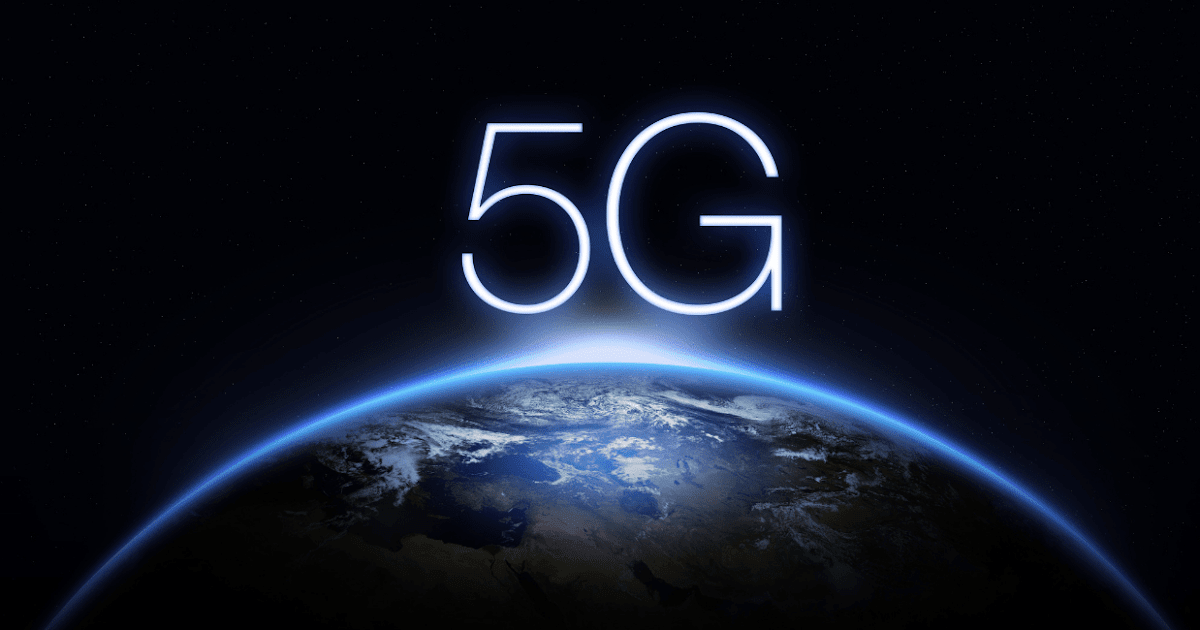Choose this topic
ToggleAs technology continues to advance at an unprecedented pace, one term you’ve likely heard more frequently in recent years is 5G. But what exactly is 5G, especially in the context of the internet? This article breaks down what 5G means, how it works, and why it matters to both individuals and businesses in the digital age.
Understanding 5G: The Basics
5G, short for fifth generation, is the latest standard in mobile network technology, succeeding 4G (LTE). It is designed to deliver faster speeds, lower latency, and greater connectivity than any previous generation of wireless technology. While earlier generations focused mainly on improving voice communication and mobile internet browsing, 5G is engineered to support a wide array of digital applications—from streaming ultra-high-definition video to powering smart cities and enabling real-time remote surgeries.
How 5G Works
5G operates on three main spectrum bands:
-
Low-band spectrum: Offers broad coverage and penetrates buildings well but has relatively slower speeds.
-
Mid-band spectrum: Balances speed and coverage, making it suitable for urban and suburban areas.
-
High-band spectrum (mmWave): Delivers extremely fast speeds and very low latency, but its coverage is limited and it has difficulty penetrating walls.
These spectrum tiers work together to ensure seamless internet access whether you’re in a city center or a rural community. Additionally, 5G networks use a technology called Massive MIMO (Multiple Input, Multiple Output), which increases network capacity by using multiple antennas.
Key Benefits of 5G Internet
-
Ultra-Fast Speeds: 5G can theoretically reach speeds up to 10 Gbps, dramatically outperforming 4G LTE.
-
Low Latency: With latency as low as 1 millisecond, 5G enables real-time communication ideal for gaming, autonomous vehicles, and remote surgeries.
-
Enhanced Connectivity: 5G supports a massive number of devices per square kilometer, making it essential for IoT (Internet of Things) ecosystems.
-
Greater Network Reliability: Designed for ultra-reliability, 5G minimizes connection drops and maintains service quality even under heavy traffic.
Real-World Applications
5G isn’t just about faster mobile browsing. It’s paving the way for:
-
Smart cities: Real-time traffic monitoring, smart streetlights, and efficient public services.
-
Healthcare innovations: Remote diagnostics, telemedicine, and robotic surgeries.
-
Industry 4.0: Automation, real-time data processing, and AI-powered manufacturing.
-
Entertainment: Seamless AR/VR experiences, cloud gaming, and 8K video streaming.
Challenges and Considerations
Despite its promise, 5G implementation faces a few hurdles:
-
Infrastructure development: Building the necessary infrastructure—especially for high-band 5G—is time-consuming and expensive.
-
Device compatibility: Not all smartphones and devices support 5G yet.
-
Security concerns: As more devices become connected, the risk of cyberattacks increases, making security a top priority.
The Future of 5G
The rollout of 5G is still ongoing globally, but its potential is already transforming how we connect to the internet. As adoption expands and technology evolves, 5G will become the backbone of a more connected, efficient, and intelligent digital world.
In Summary
5G on the internet represents a monumental leap in connectivity, speed, and digital innovation. From revolutionizing personal internet use to transforming entire industries, 5G is not just an upgrade—it’s a catalyst for the future of global communication and technology.
Would you like a version optimized for SEO or formatted for a blog post platform like WordPress or Medium?


